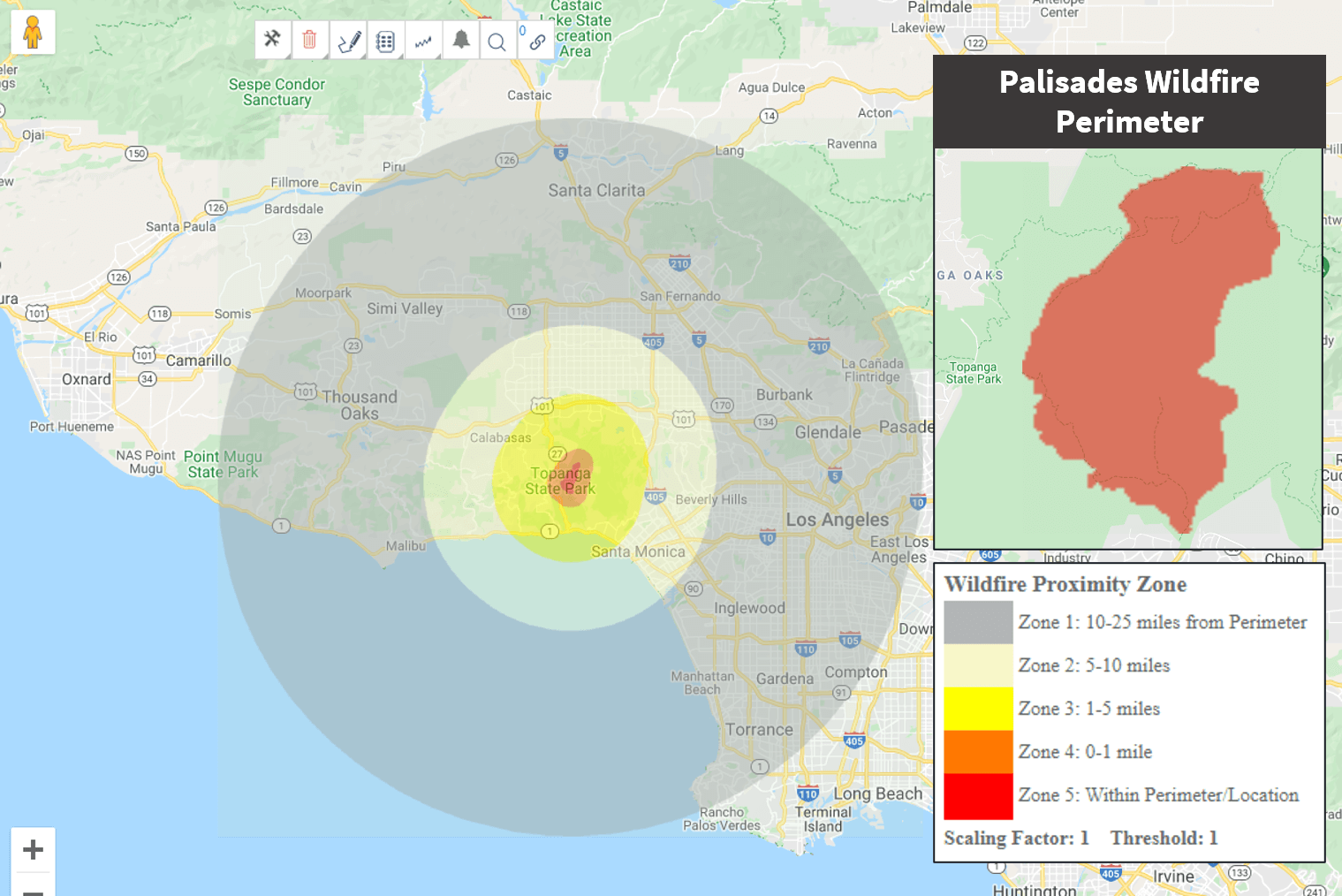Ohio Train Derailment: The Prolonged Presence Of Toxic Chemicals In Buildings

Table of Contents
The Nature of the Contaminated Chemicals and Their Persistence
The Ohio train derailment involved the release of numerous hazardous chemicals, most notably vinyl chloride and butyl acrylate. Vinyl chloride, a known carcinogen, is a volatile organic compound (VOC) that readily evaporates into the air. However, it can also leave behind persistent residues in porous materials like wood, drywall, and fabrics. Butyl acrylate, another toxic chemical, is less volatile but readily absorbs into surfaces, potentially leading to slow, long-term release. These chemicals, along with others released in the derailment, present a complex challenge for cleanup and remediation efforts. The insidious nature of their persistence within building materials means that the immediate crisis is far from over.
- Vinyl chloride's volatility and potential for long-term residue: While much evaporated, traces remain in building materials, slowly off-gassing over time.
- Butyl acrylate's absorption into surfaces and slow release: This chemical clings to surfaces, posing a prolonged exposure risk to building occupants.
- The challenges of detecting and removing these chemicals from buildings: Specialized testing and remediation techniques are required, adding to the complexity and cost of the cleanup. Identifying all affected structures is also a significant hurdle.
Impact on Residential Buildings and Their Inhabitants
The potential long-term health consequences for East Palestine residents living in contaminated buildings are deeply concerning. Exposure to these chemicals can lead to a range of severe health problems, including:
- Increased risk of cancer and respiratory illnesses: Vinyl chloride, in particular, is strongly linked to liver cancer and other malignancies. Exposure to butyl acrylate can cause respiratory irritation and other respiratory issues.
- Potential for long-term neurological effects: Some of the released chemicals are known neurotoxins, raising concerns about potential long-term cognitive and neurological damage.
- The emotional toll on residents due to uncertainty and fear: The ongoing uncertainty about the extent of contamination and its long-term health impacts adds a significant psychological burden on residents.
- The need for comprehensive health monitoring for exposed individuals: Long-term health monitoring is crucial to track potential health problems and provide timely medical interventions. This requires significant resources and commitment.
Commercial and Public Building Contamination
The contamination extends beyond residential properties, impacting schools, businesses, and other public spaces. This has significant economic and social consequences.
- The need for thorough testing of all buildings in the affected area: A comprehensive survey is required to identify all contaminated buildings, which may extend beyond the immediate vicinity of the derailment site.
- The potential for long-term business disruption and economic losses: Businesses forced to close due to contamination face significant financial losses and potential long-term damage.
- Safety concerns for students and staff in contaminated schools: Ensuring the safety of children and educators in potentially contaminated schools is paramount. This requires rapid and thorough testing and remediation.
The Challenges of Remediation and Long-Term Monitoring
Remediating contaminated buildings is a complex and costly undertaking. The process involves several critical challenges:
- Specialized cleaning techniques required for different materials: Different building materials require different remediation techniques, adding to the complexity of the cleanup.
- The need for robust testing protocols to ensure effectiveness: Rigorous testing is essential to ensure the effectiveness of the remediation process and prevent further exposure.
- The establishment of a long-term monitoring program to track chemical levels: Continuous monitoring is crucial to assess the effectiveness of the cleanup and identify any potential re-contamination.
- The role of government agencies and private companies in remediation efforts: Effective remediation requires collaboration between government agencies and private companies, with clear lines of responsibility and accountability.
Conclusion:
The Ohio train derailment's impact extends far beyond the immediate emergency response. The persistent presence of toxic chemicals in buildings represents a significant and prolonged threat to the health and well-being of East Palestine residents and the broader community. Comprehensive testing, effective remediation, and long-term monitoring are crucial to mitigating this risk and ensuring the safety and security of the affected population. Understanding the prolonged presence of these toxic chemicals in buildings is essential for advocating for appropriate resources and support for the community. Continued vigilance and pressure on authorities are necessary to ensure thorough remediation and long-term health monitoring following the Ohio train derailment and to prevent similar disasters in the future. Let's work together to address the lingering threat of toxic chemicals in East Palestine.

Featured Posts
-
 Russias Easter Truce Ends Renewed Fighting In Ukraine
Apr 22, 2025
Russias Easter Truce Ends Renewed Fighting In Ukraine
Apr 22, 2025 -
 The Value Of Middle Management Benefits For Companies And Employees
Apr 22, 2025
The Value Of Middle Management Benefits For Companies And Employees
Apr 22, 2025 -
 Full List Celebrities Affected By The Palisades Fires In Los Angeles
Apr 22, 2025
Full List Celebrities Affected By The Palisades Fires In Los Angeles
Apr 22, 2025 -
 Cassidy Hutchinson From Jan 6 Hearings To Tell All Memoir
Apr 22, 2025
Cassidy Hutchinson From Jan 6 Hearings To Tell All Memoir
Apr 22, 2025 -
 Ftc Appeals Activision Blizzard Acquisition Ruling Whats Next
Apr 22, 2025
Ftc Appeals Activision Blizzard Acquisition Ruling Whats Next
Apr 22, 2025
